Fingerprinting Emoji
║▌║▌│█║▌║│█│█║║║▌║
$ fingerprint@info:~ echo $EMOJI-
Name:
Emoji
Original feature purpose:
The Unicode Technical Standard (UTC) for Emojis:
'defines the structure of Unicode emoji characters and sequences, and provides data to support that structure, such as which characters are considered to be emoji, which emoji should be displayed by default with a text style versus an emoji style, and which can be displayed with a variety of skin tones. It also provides design guidelines for improving the interoperability of emoji characters across platforms and implementations.'The method getClientRects of a DOM element returns DOMRect objects which reveal bounding rectangles of CSS border boxes. A DOMRect object comprises the height, width, left, right, top, bottom and, depending on the browser, the x and y values of the element. For more details see, e.g., MDN web docs
FP-Explanation:
The full emoji list (v.12.0) without skin-tones comprises 2575 different code points, where each code point defines an emoji character. While the name of an emoji is defined, the actual appearance of the emoji is left to vendor decisions.
Emoji characters can have two main kinds of presentation [Ref]:- an emoji presentation, with colorful and perhaps whimsical shapes, even animated
- a text presentation, such as black & white
The design guidelines for emojis state that "while the shape of the character can vary significantly, designers should maintain the same 'core' shape, based on the shapes used mostly commonly in industry practice".
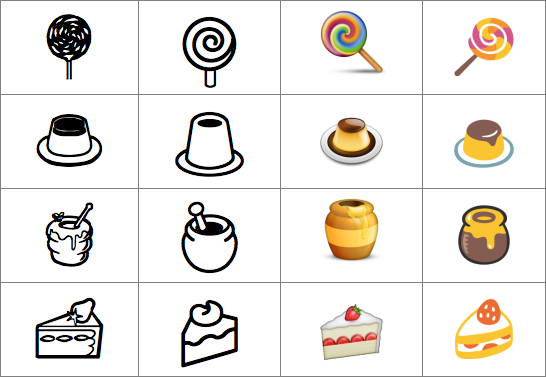
Emoji comparison taken from Emoji UTC
The DOMRect information (height, width, ...) of a specific DOM element is available by default and can be read out without any privileges. The values are provided with an accuracy of up to 16 decimal places. The emojis have different widths, especially if an emoji is not available.
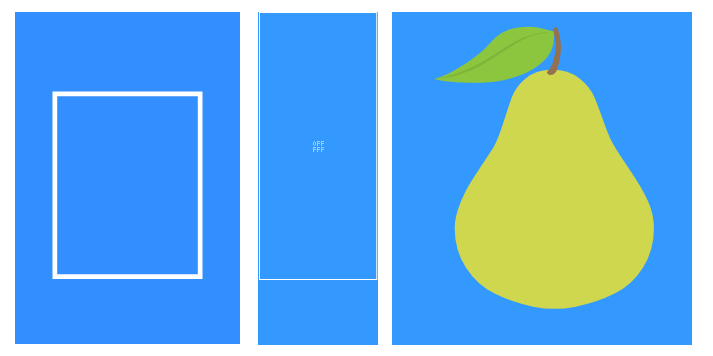
Example dimensions of two unsupported emojis (in Chrome and Firefox) in comparison to one correctly displayed emojiThe Emoji fingerprint is hashed information from 2575 DOMRect objects, where each object represents a different emoji (code point; different code points can map to the same emoji presentation) displayed with font size 300px.
Emojis can also be included in the Canvas Fingerprint to enrich the fingerprint diversity. (P. Laperdix, Beauty and the Beast (2016) [Canvas with Emoji])
FP-Type:
active
FP-Categories:
js, js-attrib, software-dependent, consistent
Counter-measures:
-
Disable Emoji Support
Description: Disable Emojis in the browser settings (or via addon)
Publications/References:
- Unicode Emoji FAQ
- Full Emoji List, v12.0 (Unicode.org)
- Emoji Versions: 1995-2019 (Unicode.org)
- Emojipedia
- P. Laperdix, Beauty and the Beast (2016) [Canvas with Emoji]
- Advanced Tor Browser Fingerprinting (getClientRects Fingerprinting)
- ClientRects Fingerprinting (BrowserLeaks.com)
- Investigate impact of fingerprinting via getClientRects (Tor Bug Tracker)
- getClientRects Fingerprint (Browserize)
$ fingerprint@info:~ run emoji-demo
Demo:
>> Jump to Emoji Fingerprinting Demo <<Emoji Fingerprinting:
Only the first 12 supported emojis are shown
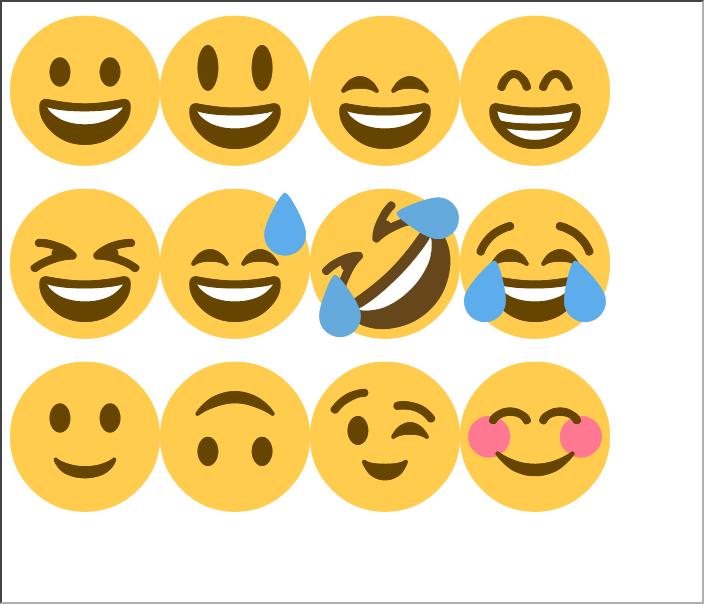
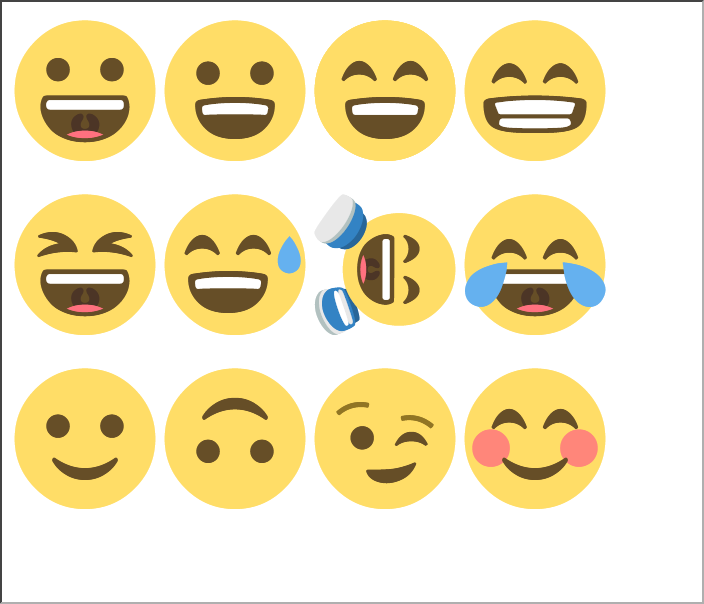
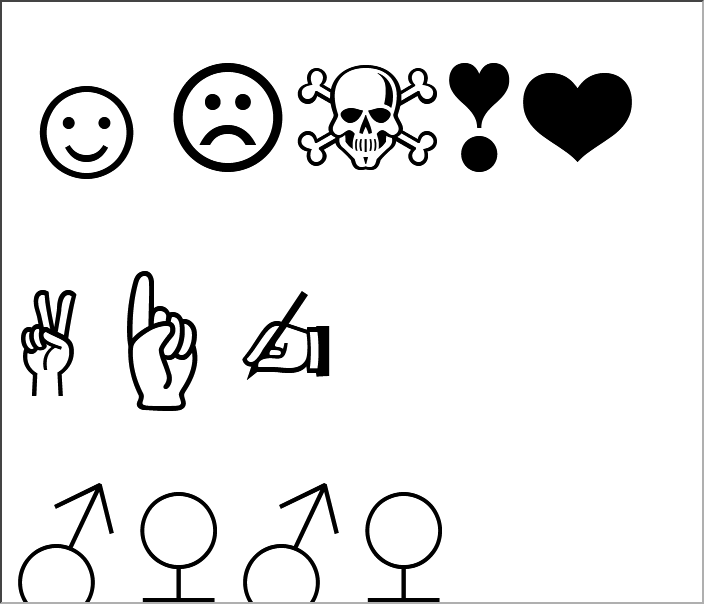
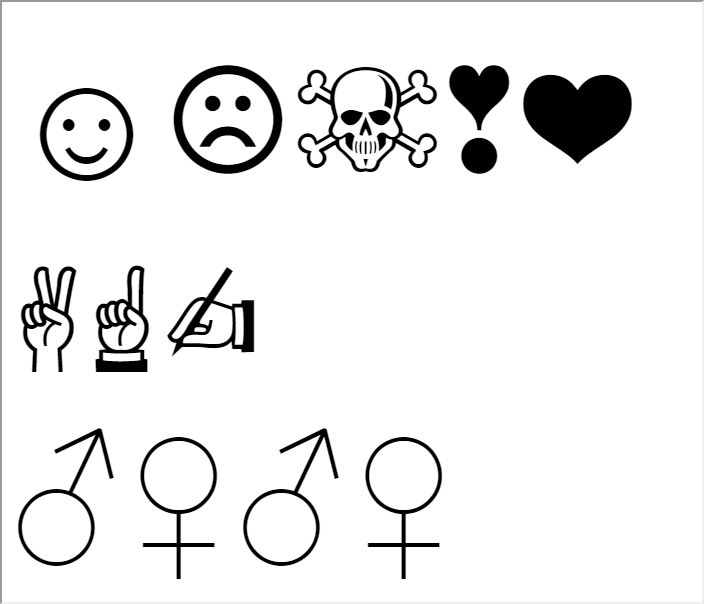
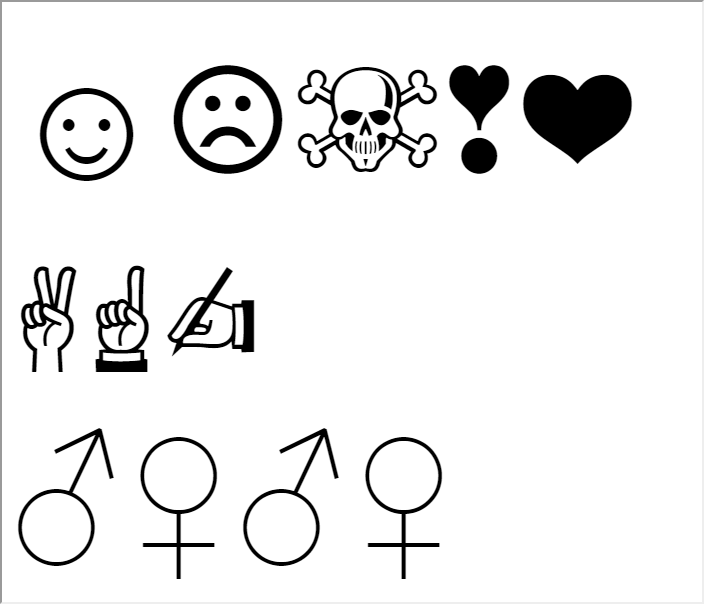
Emoji Support: